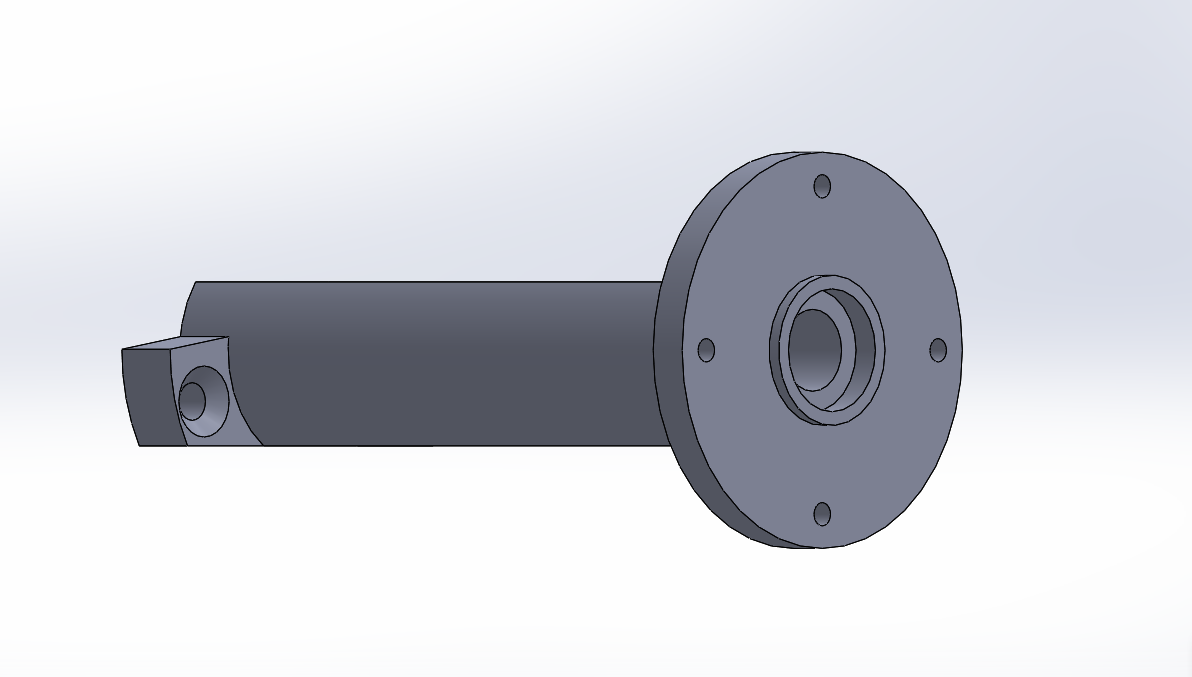Much studied in industry because time is money!
It comes down to how much power your machine can put into the cut and for how long you and it can keep the pace up. Vibration, overheating and the risk of breakages limit what can be done.
Some typical figures for metal removal in Watt-Seconds per cubic mm are:
- Aluminium Alloys – 0.3 to 1.1
- Cast Irons – 1.0 to 6
- Steel – 1.9 to 9
As expected, it takes less power to cut Aluminium than a hard steel, and the power needed varies across a wide range.
Assuming mild steel comes off the job at 2 Watt Seconds per cubic mm, then a 500W output mini-lathe should be able to remove about 15000 cubic mm per minute. To do that you would have to keep the motor at maximum power output by balancing depth of cut and feed rate, ie not too fast and not too slow, say a couple of mm deep fast fed at about 90% of max rpm. The machine would be badly stressed and it's motor & electronics would quickly get hot . Unkind and foolhardy.
In theory the cutter doesn't matter much, in practice the properties of the metal being cut favour more-or-less sharpness and relief. Most important the cutter has to stay in shape despite considerable heat. Carbon steel is very hard, but it loses its edge at low temperatures. Good work can be done with it but only slowly. The various grades of HSS are much better, but they are all at the low end when it comes to removing metal quickly. For real speed you need (in order of rising wonderfulness and cost), carbide, coated carbide, cermets, and boron nitride.
Trouble is, getting the best out of carbide and friends needs a big fast powerful machine, the more monstrous the better. Like a machine centre costing £1.5M with four 12kW motors running at 15,000rpm each.
Although a mini-lathe at top speed has some chance of making carbide work efficiently, 600W isn't enough grunt to do a proper job. With at least a kilowatt at 2200rpm plus, a roughing cutter is best for removing metal quickly. They don't cut like HSS at all; rather than cutting with an edge the metal is sheared off just in front of a surprisingly blunt chamfer. More like a wedge than a knife. Efficiency is high partly because the high temperatures involved soften most metals.
I've found using sharp carbide inserts at high speed with fast deep cuts does a good job on my lathe. The sharp edge cuts like HSS but can get much hotter – red-hot chips fly like shrapnel. Despite the brutality, the finish can be very good. It can also be very poor; usually I think because my maximum 2200rpm is on the slow side and/or I have the feed-rate too slow.
I hope you're all wondering if this is a sensible way to run a hobby lathe? Not for long it isn't! I keep a careful ear out for signs of distress, and only do hard work in short bursts within what I perceive to be the machine's envelope. One day I'll over do it. Driving a lathe hard isn't fun either – I'm a hobbyist, not slave labour. Generally I don't rush things at all; I'm more interested getting the job done right than removing metal quickly.
I did loads of work on a mini-lathe but always treated it with respect. It's not a heavy duty tool.
Dave
Neil Lickfold.








